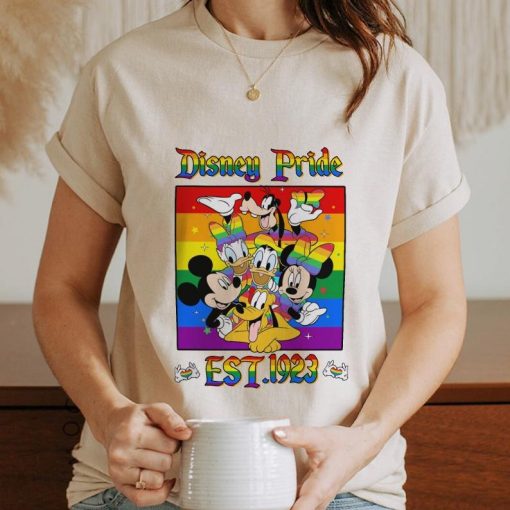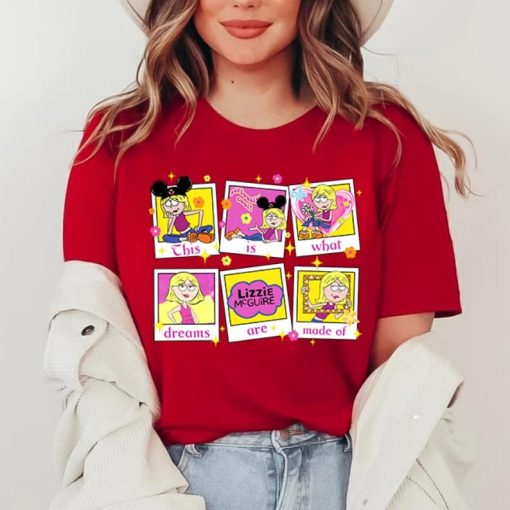Disney
Unveiling the Dark Side of ‘Beauty and the Beast’: Disturbing Revelations

“The Dark Truth Behind Beauty and the Beast: Unveiling Stockholm Syndrome”
Beauty and the Beast, a beloved Disney fairytale, has long been cherished for its enchanting story and themes of love and acceptance. However, when we examine it from a different perspective, we discover a disturbing reality—the underlying presence of Stockholm Syndrome. Despite Emma Watson’s efforts to present the 2017 film adaptation as feminist-friendly, the core narrative of Beauty and the Beast contradicts feminist ideals. Belle, the intelligent and independent protagonist, is essentially held captive by a fearsome beast and coerced into falling in love with him, mirroring the psychological condition known as Stockholm Syndrome.
While we often hold a nostalgic attachment to classic Disney tales like Beauty and the Beast, even when they are reimagined in live-action format, it becomes challenging to view these stories objectively. Yet, upon closer inspection, we realize that some of these tales, particularly Beauty and the Beast, contain unsettling elements that undermine their intended messages.
The central dynamic between Belle and the abusive Beast raises concerns. Although Belle is celebrated as a princess admired by young girls seeking their own fairy tale endings, Beauty and the Beast may not be the narrative we want our daughters to embrace. The story revolves around a prince who is imprisoned and transformed into a monster due to his egotism. The only means of breaking the curse is through experiencing genuine, unconditional love. When Belle enters the castle, the Beast seizes the opportunity and traps her until she eventually falls in love with him. This scenario is reminiscent of the controversial film “365 Days” on Netflix, where a man kidnaps a woman, subjecting her to emotional and physical trauma until she succumbs to his manipulation under the guise of love.

Disney’s fairy tales often present deeply problematic narratives, likely stemming from male authors attempting to depict what romance means for women. Cinderella portrays a girl enduring years of abuse and servitude, only escaping through the intervention of a strong man. The Little Mermaid suggests that one must sacrifice their voice and identity to be loved, conforming to rigid beauty standards. Similarly, Beauty and the Beast implies that enduring horrific abuse and tolerating a literal monster who kidnaps you is acceptable, as long as he ultimately transforms into a handsome and wealthy suitor. Disney’s fairy tales fail to impart healthy impressions of love to children.
Although Disney has consistently marketed Beauty and the Beast as a profoundly romantic story centered on true love and the importance of looking beyond appearances, it is essential to dissect Belle’s experiences throughout the movie. Firstly, she is held captive against her will, isolated in a room, while her father’s whereabouts remain a mystery. She faces criticism and harassment from nearly every male character, enduring the beast’s aggressive behavior, including throwing objects and growling at her.
Amidst the traumatizing aspects of this magical fairy tale, it may serve as an important cautionary tale. In reality, there are individuals who suffer from abusive relationships, believing their torment is a twisted manifestation of true love. Behind closed doors, we remain unaware of the depths of their pain. Perhaps Beauty and the Beast should serve as a reminder for society to shed light on domestic abuse, encouraging open conversations about the trauma many individuals endure. Unfortunately, many women grow up internalizing the acceptance of abusive behavior, distorting their understanding of love.

One glaring issue in Beauty and the Beast lies in Belle’s quick acceptance of the Beast’s transformation. Suddenly, his past abusive behavior is forgiven and forgotten, and Belle declares her love for him. It can be argued that throwing tables is hardly indicative of genuine change, and the Beast’s hideous appearance should have remained intact as a reminder of his previous conduct.
However, as much as we may criticize this strange and unsettling storyline, it somehow reflects a harsh reality. It serves as a chilling representation of abusive relationships, reminding us that abuse can take various forms beyond physical violence or coercion. If anything, Beauty and the Beast serves as a warning sign, exposing the dark complexities of the concept of ‘love.’ Perhaps Disney’s fairy tales are in dire need of modernization, with stories depicting women who confidently recognize and reject abusive tendencies, empowering themselves to forge healthier relationships.
We bring out some of the most well-known Disney collection, all of which are available at reasonable costs. Visit our link now if you are interested in the Disney collection


Peter Pan, Wendy Darling, Tinker Bell, Captain Hook, Simba
